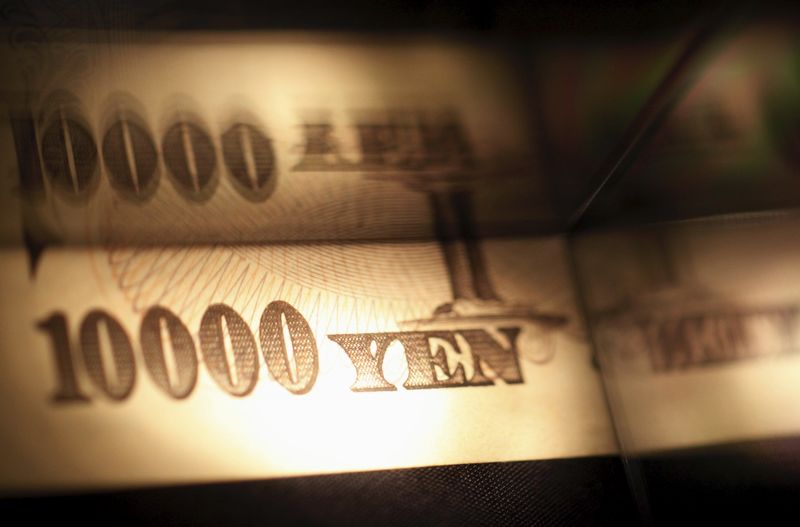By Ambar Warrick
Investing.com — Most Asian currencies retreated in cautious trade on Wednesday as markets positioned for a likely interest rate hike by the Federal Reserve later in the day, although waning fears of a bank crisis made for small losses in regional currencies.
The Fed is expected to , given that inflation is still running well above the central bank’s target rate. Markets are pricing in that the bank will hike rates later in the day, according to Fed Funds futures prices.
But the dollar saw limited support on Wednesday, with the and falling slightly amid uncertainty over the Fed’s outlook on monetary policy. The two were also trading close to their lowest level in five years.
Treasury yields rose on Wednesday, but were trading well below highs hit earlier this year.
While concerns over a banking crisis appear to have eased, further raises in interest rates could put more lenders at risk, which in turn could limit the Fed’s ability to tighten policy. But prior to the banking crisis, Powell had espoused a hawkish stance for the central bank amid high inflation and strength in the labor market.
The central bank had also rolled out emergency liquidity measures to stem a broader crisis, which largely undermined its monetary tightening over the past year.
The Fed will announce its decision on interest rates by 14:00 ET (18:00 GMT), followed by a press conference by Chair Jerome Powell an hour later.
Still, rising interest rates bode poorly for Asian currencies, as the gap between risky and low-risk debt narrows. Regional units were hit hard by the Fed’s rate hikes through 2022.
The fell less than 0.1% on Wednesday as the People’s Bank set a slightly stronger daily midpoint, while the and shed 0.2% and 0.3%, respectively.
The was flat, but traded near a one-month high against the dollar, having benefited from increased safe haven demand over the past week.
Risk-heavy Southeast Asian currencies fell the most, with the losing 0.4%.
Read the full article here










